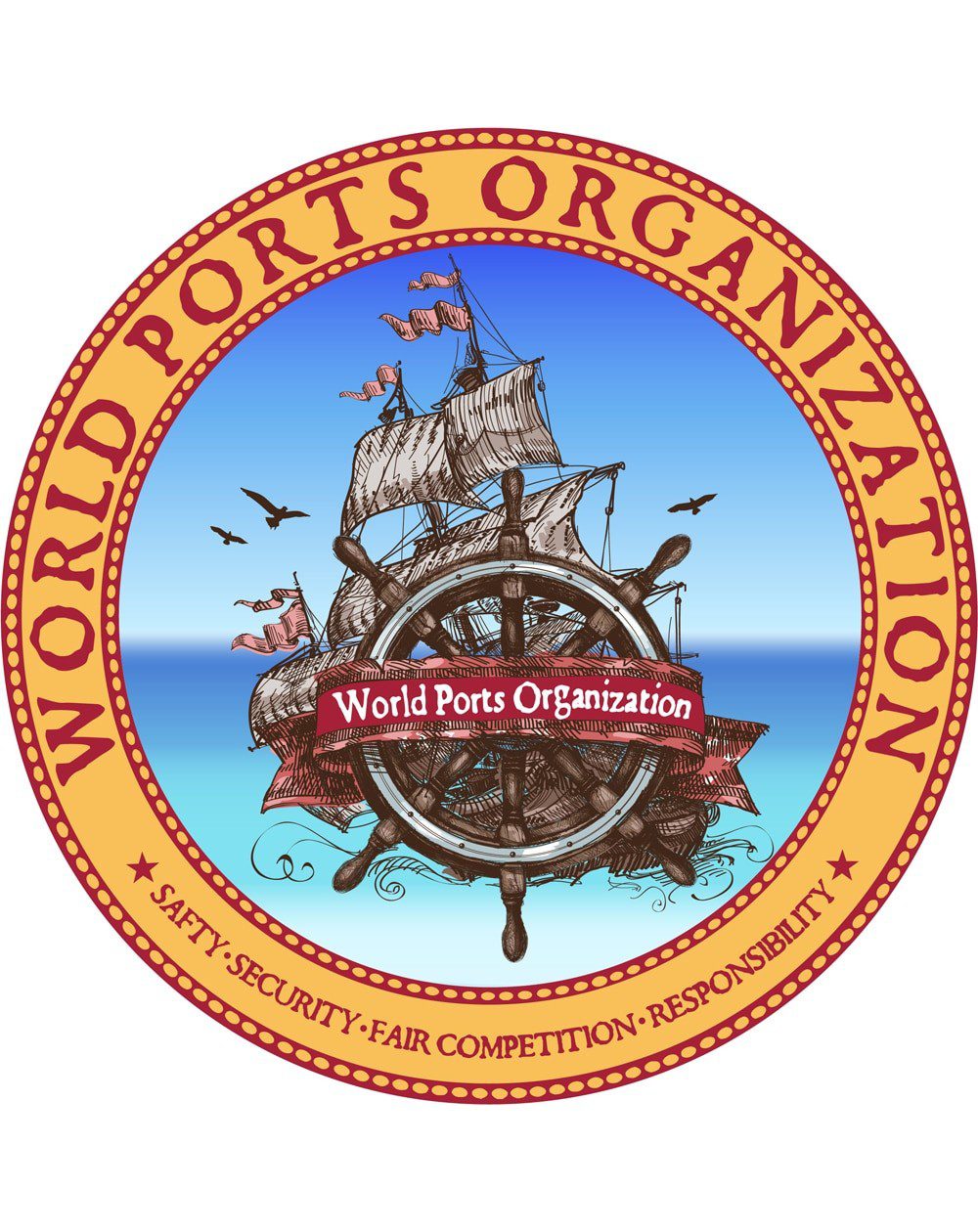Effective global trade management, risk management and other corporate compliance initiatives require the ability to reliably screen your trading partners and avoid doing business with restricted or denied parties. There are many high-profile cases in which companies have been fined or sanctioned due to their failure to adequately screen suppliers, customers and other business partners.
Restricted party screening (RPS) is a challenge. Lists of restricted or denied parties frequently change, and trading partners, customers, and service providers must continuously be re-screened. Manually referencing company names and addresses against the government screening lists is subject to interpretation and human error.
Given the sheer number of restricted party entities and the need for fast-paced logistics processes, screening a customer or supplier base manually is inefficient — and it may be impossible. Many companies have acquired a technology solution to help them manage screening. But not all systems are equally effective.
This white paper outlines six best practices for using an RPS system to automate and improve your compliance processes and provides insights for what to consider when selecting a solution. Read this white paper to understand how up-to-date sanctioned party data, automation, integration and effective workflows combine to minimize risk and reduce compliance costs.


